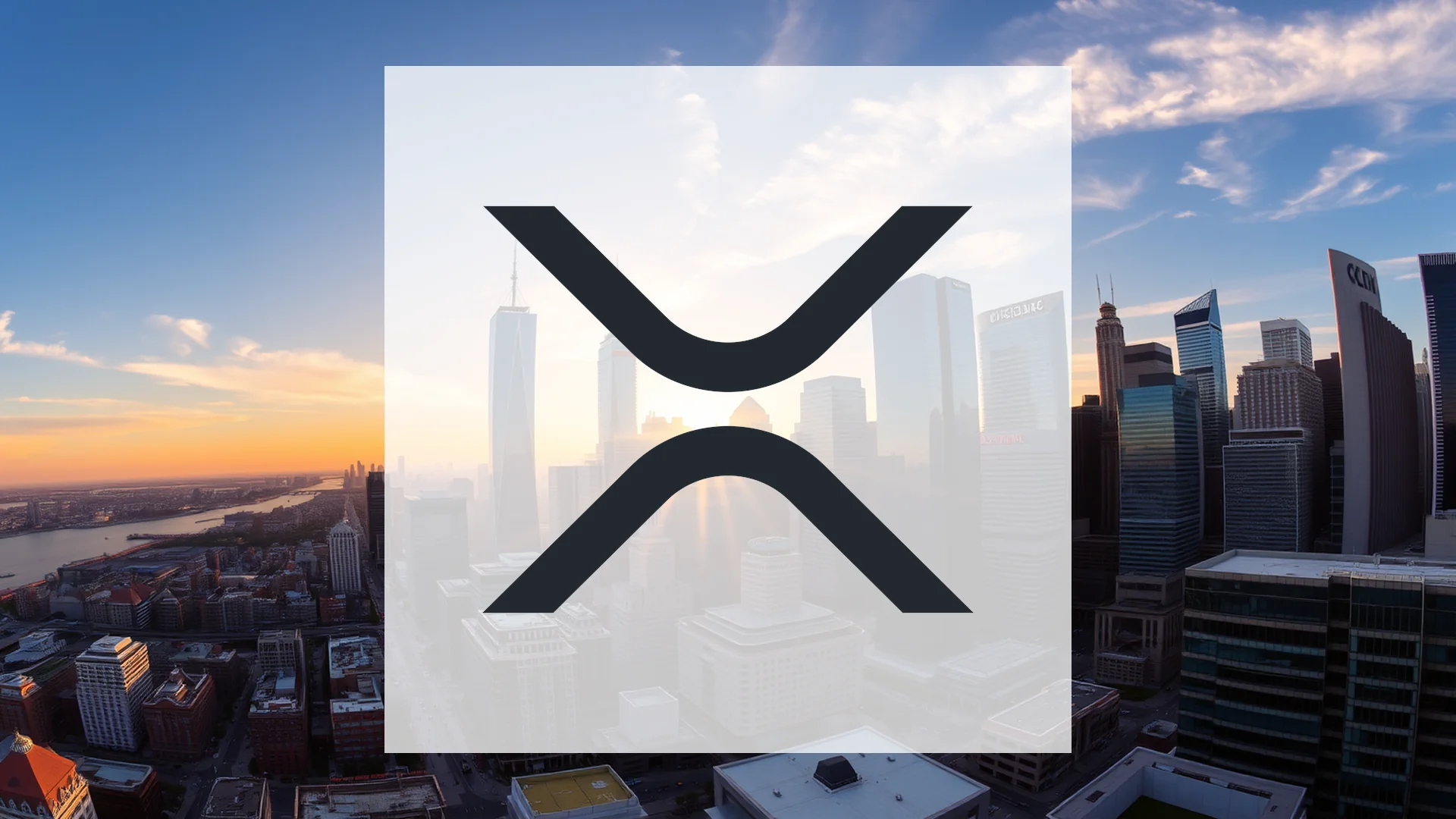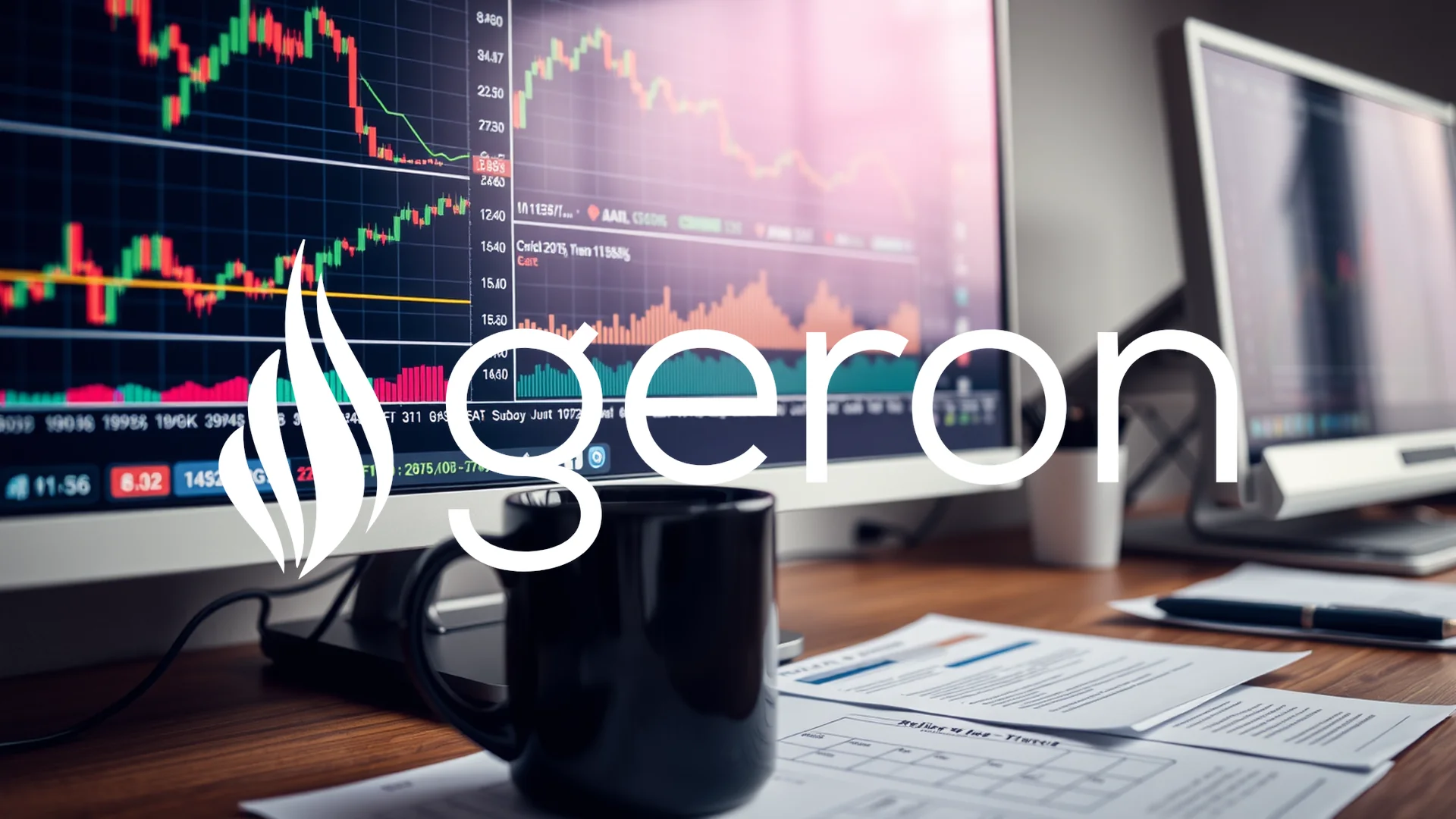Leadership Transition at Priceline: A New Chapter for Booking Holdings
A significant leadership change is underway at one of Booking Holdings’ most prominent brands, potentially signaling a fresh strategic direction for the travel industry giant. As Brett Keller concludes his 26-year tenure with Priceline, the company has appointed Brigit Zimmerman, an internal executive, to assume leadership responsibilities. This transition raises important questions about whether this move could catalyze a recovery for the company’s underperforming shares.
Strong Operational Performance Amid Market Challenges
The management transition occurs against a backdrop of robust operational performance for Booking Holdings. The company’s most recent quarterly report for Q3 2025 delivered results that substantially exceeded market expectations:
- Adjusted earnings per share: $99.50 (versus expectations of $95.56)
- Revenue: $9.01 billion (compared to projected $8.71 billion)
Despite these solid fundamental indicators, Booking’s stock has faced downward pressure throughout the year, declining approximately 7% since January. The company’s strategic “Connected Trip” initiative, which emphasizes artificial intelligence-enhanced travel experiences, combined with these strong quarterly results, provides a substantial foundation for Priceline’s incoming leadership.
Seasoned Insider Assumes Command
Brigit Zimmerman, who has served as Priceline’s Chief Commercial Officer since 2022, will officially succeed Brett Keller effective January 1, 2026. This internal promotion underscores Booking Holdings’ preference for developing proven leadership talent from within its own ranks. Zimmerman brings extensive industry expertise from her background at United Airlines, complemented by her deep institutional knowledge gained since joining the company in 2013.
Booking CEO Glenn Fogel highlighted Zimmerman’s instrumental role in shaping Priceline’s strategic direction and her dynamic approach to commercial operations. To ensure continuity during this transition period, Keller will remain with the organization through May 2026 in an advisory capacity as Special Advisor.
Potential Turning Point for Investors
The central consideration for market participants is whether this executive change at Priceline can generate sufficient momentum to reverse the stock’s current trajectory. While research analysts maintain a “Moderate Buy” recommendation on Booking shares, the upcoming quarterly report scheduled for February 2026 will provide crucial insight into whether Zimmerman’s strategic initiatives are delivering tangible results.
Geron Shares Face Critical Juncture After Steep Decline
The biotechnology firm Geron is confronting a severe crisis of investor confidence following disappointing quarterly results and a dramatic revenue shortfall. With its stock trading near annual lows, the company’s new strategic direction and upcoming key medical conferences could potentially reverse its fortunes. The central question for market participants is whether Geron can salvage its growth narrative or faces continued deterioration.
Strategic Shift Under New Leadership
Since Harout Semerjian assumed the CEO role in August, Geron has initiated a comprehensive strategic repositioning for its flagship drug Rytelo. The revised approach focuses on deploying the treatment earlier in the care pathway for blood cancer patients, specifically as a second-line therapy for myelodysplastic syndromes. The company is implementing what it terms a “surround-sound approach” to enhance physician education regarding the medication’s clinical benefits.
Concurrent with these commercial efforts, Geron is expanding its research operations. Research and development expenditures climbed to $21.1 million during the third quarter, primarily driven by increased production costs and personnel expenses.
Quarterly Performance Sparks Concerns
Recent financial disclosures triggered significant investor apprehension. While the loss of $0.03 per share matched projections, revenue of just $47.2 million fell short of forecasts by a substantial 13%. More troubling was the 3% quarter-over-quarter decline in Rytelo’s sales volume, indicating the drug has yet to achieve commercial traction.
Despite expanding its customer base to approximately 1,150 providers, Geron failed to generate the anticipated sales momentum. The company’s shares now trade at just €1.09, having lost more than two-thirds of their value since the beginning of the year.
Analyst Perspectives and Future Catalysts
Despite these setbacks, several market observers maintain their positive long-term outlook. Leerink Partners reduced its price target from $3.00 to $2.00 but retained its “Outperform” rating. The investment bank’s analysts attribute current challenges not to product deficiencies but to marketing shortcomings—a potentially correctable issue.
December could prove pivotal for Geron’s recovery prospects. Five scheduled presentations at the American Society of Hematology conference are expected to provide fresh efficacy data for Rytelo. The company has identified 2026 as a potential inflection point for growth, though the success of this timeline will depend entirely on future revenue performance.
Government Shutdown Puts Lennar’s Billion-Dollar Acquisition in Peril
The ongoing federal government closure has created substantial operational challenges for Lennar Corporation, forcing the construction giant to postpone its multi-billion dollar acquisition of Millrose Properties. With the Securities and Exchange Commission (SEC) effectively shuttered due to the political impasse, regulatory approval for the stock-swap transaction remains inaccessible, raising questions about the deal’s ultimate viability.
Regulatory Gridlock Halts Strategic Expansion
Lennar’s strategic timeline has been significantly disrupted by the bureaucratic standstill. The homebuilding leader now faces a critical Friday deadline to determine whether to extend the acquisition agreement or terminate the arrangement entirely. This development marks another delay in a transaction that should have already reached completion.
The core issue stems from the SEC’s suspended operations, which have left numerous financial transactions in regulatory limbo. Without the commission’s authorization, Lennar cannot proceed with the planned exchange of shares, despite already holding approximately 20 percent of Millrose’s outstanding stock.
Market Experts Maintain Cautious Stance
Financial analysts have responded to the uncertainty by maintaining conservative positions on Lennar’s shares. The predominant recommendation among market researchers remains “Hold,” reflecting the cautious sentiment prevailing among investment professionals. Their consensus price target of $126 sits only marginally above the stock’s current trading level.
The government-induced paralysis threatens to undermine Lennar’s broader portfolio strategy. The company intended the Millrose transaction to enhance its capital structure and deliver additional shareholder value. Instead, the initiative joins countless other American regulatory processes currently frozen by the political deadlock in Washington.
Impending Decision Deadline Looms
All attention now focuses on Lennar’s announcement expected by Friday evening. Should the government shutdown persist, the company may have no alternative but to abandon the acquisition entirely—a significant strategic setback for the residential development corporation.
Investors face continued uncertainty as they await the company’s quarterly results scheduled for mid-December. The intervening period demands patience from stakeholders while political and financial timelines remain fundamentally misaligned between the nation’s capital and Wall Street.
Costco’s Valuation Conundrum: Strong Sales Clash With Lofty Price Tag
The retail giant Costco continues to generate impressive revenue, yet its stock presents investors with a complex puzzle. Soaring sales figures are juxtaposed against a sky-high valuation, creating a tense market scenario that is further complicated by significant insider selling activity. Is this market darling approaching its most significant challenge in recent memory?
Leadership Sends a Signal
A notable development has emerged from Costco’s executive suite, potentially giving investors pause. William Richard Wilcox, a Vice President at the company, recently divested 2,400 shares, a transaction valued at over $2.2 million. This move substantially reduced his holdings by more than half. While insider sales are not inherently alarming, when they occur alongside a stretched valuation, the market often interprets them as a meaningful signal. It raises a critical question: could company leadership possess insights that the broader market has yet to factor into the share price?
The Premium Price of Success
There is no disputing the strength of Costco’s underlying business performance. The company’s October report revealed a robust 8.6% increase in net sales, reaching $21.75 billion. Its e-commerce segment demonstrated even more vigorous growth, surging by 16.6%. The firm’s membership-based model continues to be a powerful engine, successfully driving customer traffic both to its physical warehouses and its online platform.
However, this operational excellence comes at a steep cost on the stock market. Costco currently trades at a price-to-earnings (P/E) ratio of nearly 45, a significant premium compared to the industry average of approximately 30. Even when measured against the broader S&P 500 index, which has a P/E ratio of 23.7, Costco’s valuation appears extended. The central dilemma for investors is whether the company’s future growth can consistently justify such a rich premium.
Chart Analysis: Calm Before a Storm?
From a technical perspective, Costco’s shares have been moving sideways for several months, consolidating above the $900 level without any substantial decline. Some market technicians view this pattern as a potential base formation, anticipating a renewed upward trend if the stock can decisively break through the $950 resistance barrier.
Yet this period of stability may be deceptive. For a stock valued as expensively as Costco, even a minor earnings disappointment or a shift in market sentiment could be sufficient to trigger a pronounced correction. The company’s forthcoming quarterly results will be scrutinized intensely, serving as a crucial test to determine if the growth narrative remains intact or if the current valuation is ultimately unsustainable.
Chevron Unveils Ambitious Growth Strategy Through 2030
Chevron Corporation has established exceptionally ambitious targets for the coming decade. The energy giant’s newly announced strategic framework promises shareholders double-digit growth in both cash flow and per-share earnings through 2030, despite plans to significantly reduce capital expenditures. This aggressive roadmap raises the crucial question: Can the industry titan successfully deliver on these commitments?
Strong Quarterly Performance Sets Stage
Recent operational results demonstrate Chevron’s current momentum. For the third quarter of 2025, the corporation surpassed earnings expectations, reporting $1.85 per share. Production surged dramatically, with U.S. output jumping 27% and global production increasing by 21%. These robust figures provide a solid foundation as the company embarks on its long-term strategic initiative.
Financial Targets and Capital Discipline
Central to Chevron’s 2030 plan are specific financial objectives. The company is targeting annual growth exceeding 10% in both free cash flow and earnings per share. These projections are based on an assumed Brent crude price of approximately $70 per barrel. Simultaneously, Chevron intends to reduce its annual capital spending to a range of $18 to $21 billion, signaling a renewed emphasis on financial efficiency and disciplined investment.
Despite this planned reduction in expenditures, the company forecasts modest annual production growth of 2-3% for oil and gas. Achieving these seemingly contradictory goals—higher output with lower spending—will require substantial cost optimization measures.
Enhanced Cost Reduction and Integration Benefits
Chevron has significantly increased its cost-saving targets, now aiming for $3 to $4 billion in reductions by the end of 2026. This represents a substantial increase of $1 billion over previous plans. Additionally, synergies from the Hess Corporation acquisition are projected to reach $1.5 billion. These aggressive financial measures underscore management’s serious commitment to enhancing profitability. Successful integration of recent acquisitions will prove critical to achieving long-term market success.
Shareholder Returns and Strategic Diversification
Investors stand to benefit directly from this strategic direction. Chevron has outlined substantial shareholder return programs, including planned annual share repurchases of $10 to $20 billion through 2030. This complements the company’s established history of dividend growth, which has averaged 7% annually over a 25-year period.
Beyond its traditional energy operations, Chevron is exploring new technological frontiers. In West Texas, the company is developing its first data center powered by AI-driven energy solutions, with connection to the grid expected by 2027. This venture signals the oil major’s active engagement in shaping the ongoing energy transition.
Market Sentiment and Strategic Execution
Market participants remain divided on Chevron’s prospects. While some institutional investors, including Connor Clark & Lunn, have made significant purchases of Chevron shares, Director John B. Hess recently sold holdings valued at $59 million. The fundamental question facing investors is whether Chevron’s 2030 strategy charts the correct course for future growth or represents an overambitious undertaking for the energy behemoth.










